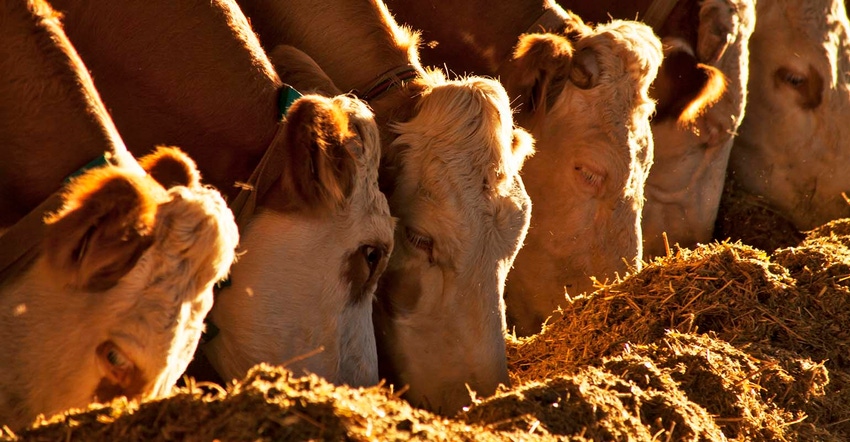July 11, 2019

Beef producers across the world work to raise cattle in differing environments.
“When it comes to sustainability, there’s no one size fits all,” says Ruaraidh Petre, executive director of the Global Roundtable for Sustainable Beef. “There are lots of different beef production systems around the world and lots of environments. You can produce beef on the edge of the Sahara Desert, and you can produce it on the edge of the Arctic circle.”
The Global Roundtable for Sustainable Beef is comprised of people from 25 countries and from all parts of the beef value chain, from producers to retailers. The group’s goal is a more sustainable beef supply, particularly in developing parts of the world, where efficiency remains a challenge.
“What we see is that countries of the developing world, such as Africa and Asia, now are home to 60% of the cattle in the world, but they’re only producing 30% of the meat. Those are clearly areas where we really need to work with the producers and the whole value chain to try to help them to become more efficient so that they can produce more meat with fewer animals,” Petre explains.
Challenges – and available technologies or standards to solve them – differ across the globe. For example, consider antimicrobial resistance.
“Antimicrobial resistance and the stewardship of antimicrobials is an important part of sustainability because antimicrobials are essential to good animal health. They are going to remain part of the beef industry, and we need to keep them effective,” Petre says.
Advanced systems to ensure antibiotics stewardship exist in the U.S. and Europe, but lag or are non-existent in many developing countries. This contributes to resistance problems.
That’s why the Global Roundtable for Sustainable Beef released an antibiotics stewardship statement last fall suggesting that producers in such countries adopt a health plan, veterinary relationships and preventive measures where feasible. That way, antibiotics remain effective when they’re needed.
“On the issue of antimicrobials, the consumer is told that it is possible and desirable to produce cattle without using antimicrobials,” Petre says. “We would argue strongly that that is not the case. It will make the production much more expensive and it will also mean that we can produce far less beef while still using the same amount of resources, and that is, in my mind, unsustainable.”
Source: National Institute for Animal Agriculture, which is solely responsible for the information provided and is wholly owned by the source. Informa Business Media and all its subsidiaries are not responsible for any of the content contained in this information asset.
You May Also Like




